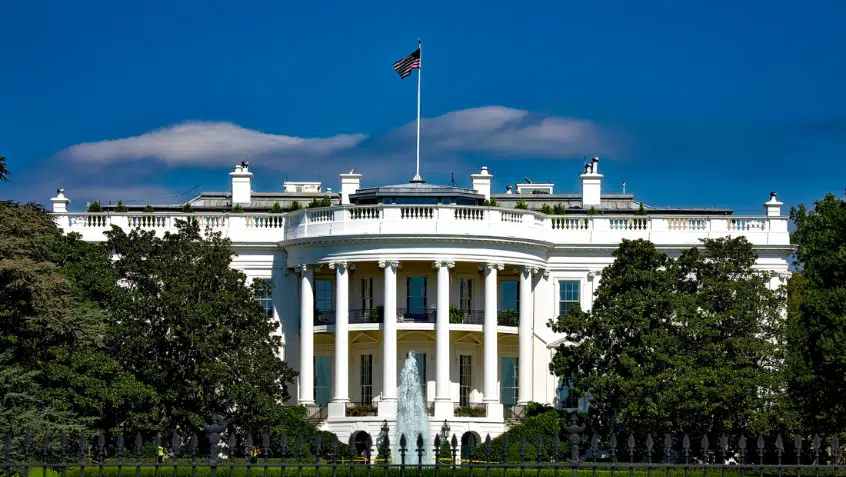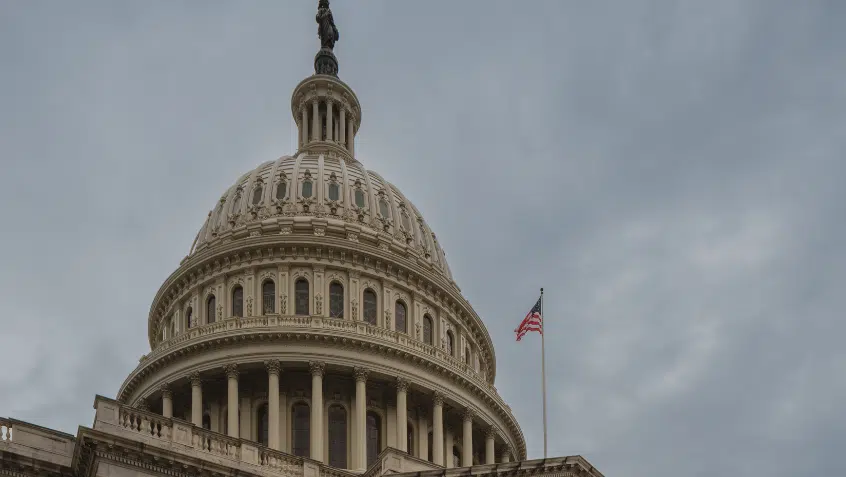CMS Announces First 10 Drugs Subject to Price Negotiation

On Tuesday, the Centers for Medicare & Medicaid Services (CMS) announced the first 10 Medicare Part D drugs that will be subject to negotiation under the Inflation Reduction Act (IRA).
The medications were chosen based on criteria outlined in the IRA. The law requires CMS to prioritize drugs with the highest Medicare spending and no competition, among other factors. The resulting list includes medications that millions of Medicare beneficiaries rely on to treat conditions such as cancer, diabetes, blood clots, heart failure, autoimmune conditions, and chronic kidney disease.
Price negotiations between CMS and the participating drug manufacturers will begin this year. CMS will publish the final prices next fall, and they will take effect in 2026. Additional medications will be selected for negotiation in the coming years.
Beneficiary and Medicare Savings Expected
The U.S. Department of Health and Human Services (HHS) estimates that in 2022, the 10 selected drugs cost Medicare enrollees $3.4 billion in out-of-pocket costs. While the savings that any individual beneficiary may see under the IRA’s negotiation program will depend on the yet-to-be-achieved price reductions, lower costs are expected system-wide. Notably, the Congressional Budget Office (CBO) anticipates the negotiations to save Medicare $98.5 billion over a decade as well as reduce expenses for beneficiaries and taxpayers. Critically, the law will do so while bolstering health outcomes and program solvency. CBO notes the lower drug prices will increase medication adherence, improving beneficiary health and reducing the need for, and Medicare spending on, more costly care.
In addition, complementary IRA reforms are or will soon further bolster beneficiary access and affordability. Several key policies are already in effect—such as the $35 limit per monthly insulin prescription, the availability of no-cost Part D vaccines, and reduced coinsurance on certain Part B drugs. Next year, even more people with Medicare will see relief when the IRA eliminates enrollee expenses in the Part D catastrophic phase and expands the full Part D Low Income Subsidy (LIS) to people with incomes at or below 150% of poverty. And in 2025, the law will cap beneficiary Part D drug costs at $2,000 a year and allow enrollees to pay those costs in more predictable monthly installments, providing much-needed financial security and peace of mind.
Previously, HHS estimated that the IRA’s Part D changes alone will save one out of every three enrollees at least $400 in 2025. Some beneficiaries will save significantly more: over eight million will see a $759 reduction, and nearly 2 million will save $2,500—a 66% decrease relative to their current costs. Once the negotiation program takes effect in 2026, it will enhance savings for many.
Public Input Opportunities
CMS will be providing opportunities for public engagement during the negotiation process.
This includes 10 virtual public Listening Sessions this fall, one on each of the selected drugs. According to the agency, the series will “provide an opportunity for patients, beneficiaries, caregivers, consumer and patient organizations, and other interested parties to share input relevant to drugs selected for the first round of negotiations.” Stakeholders must register in advance for the chance to make a live, public statement.
CMS will also be accepting written statements between September 1 — October 2, 2023. More information how to weigh in with CMS on the negotiation process is available here.
For More Information
View a CMS fact sheet on the drugs selected for the Medicare Drug Price Negotiation Program, as well as more information about the patient-focused listening sessions.
Additional details about the listening sessions and written commenting opportunity are available here.
Learn more about the Medicare Drug Price Negotiation Program
The Latest
Most Read
Congress Moves to Cut Medicaid
Threats to the Social Security Administration and to Benefits Continue to Raise Alarm
House Adopts Senate Budget Plan, Laying the Groundwork for Significant Health Care Cuts
Trump Administration and DOGE Eliminate Staff Who Help Older Adults and People With Disabilities
Add Medicare to Your Inbox
Sign up to receive Medicare news, policy developments, and other useful updates from the Medicare Rights.
View this profile on InstagramMedicare Rights Center (@medicarerights) • Instagram photos and videos








